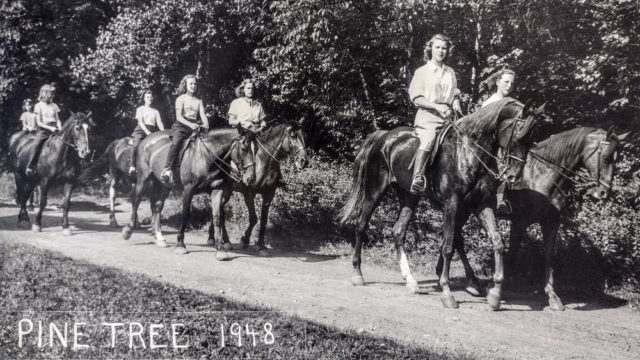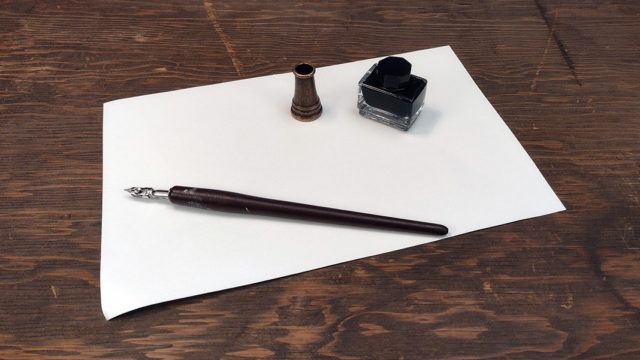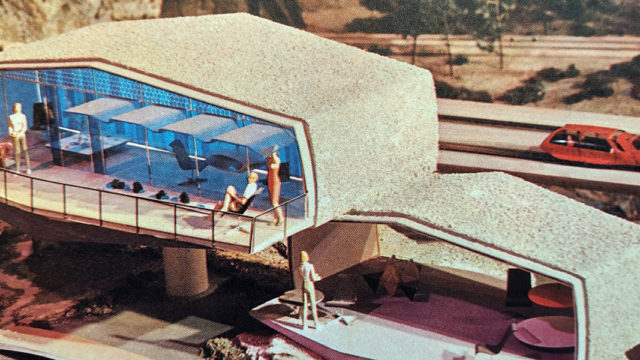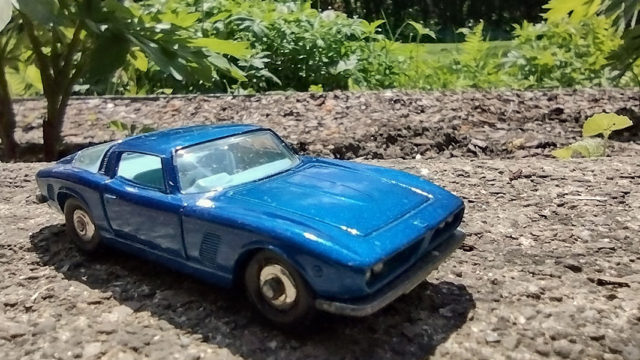My mother never liked television, preferring to read mystery novels in her spare time. When, at the age of 77, she began to suffer dementia, she kept track of a book’s characters by writing their names on sticky tabs and affixing them to the pages on which they appeared. Her paperbacks bristled with scores of these brave little yellow flags. Then she surrendered, and started watching TV.
When I drove to Massachusetts on weekends to pay her bills, scout out needed repairs, and consult with her day-time aides, I would spend part of every day sitting on the couch with her in front of the tube. She still couldn’t stand broadcast or cable, she wanted to see only a handful of movies and series that she owned on DVD: Miracle of the White Stallions, National Velvet, a boxed set of three TV movies based on Dick Francis mysteries, The New Adventures of Black Beauty, The Saddle Club, and several equestrian documentaries. I saw all of these movies, episodes, and specials many times. Now and then, hoping for a little variety, I would suggest Babe, which I had bought for her, but she rarely agreed—the part of the horse in that movie was too small.



